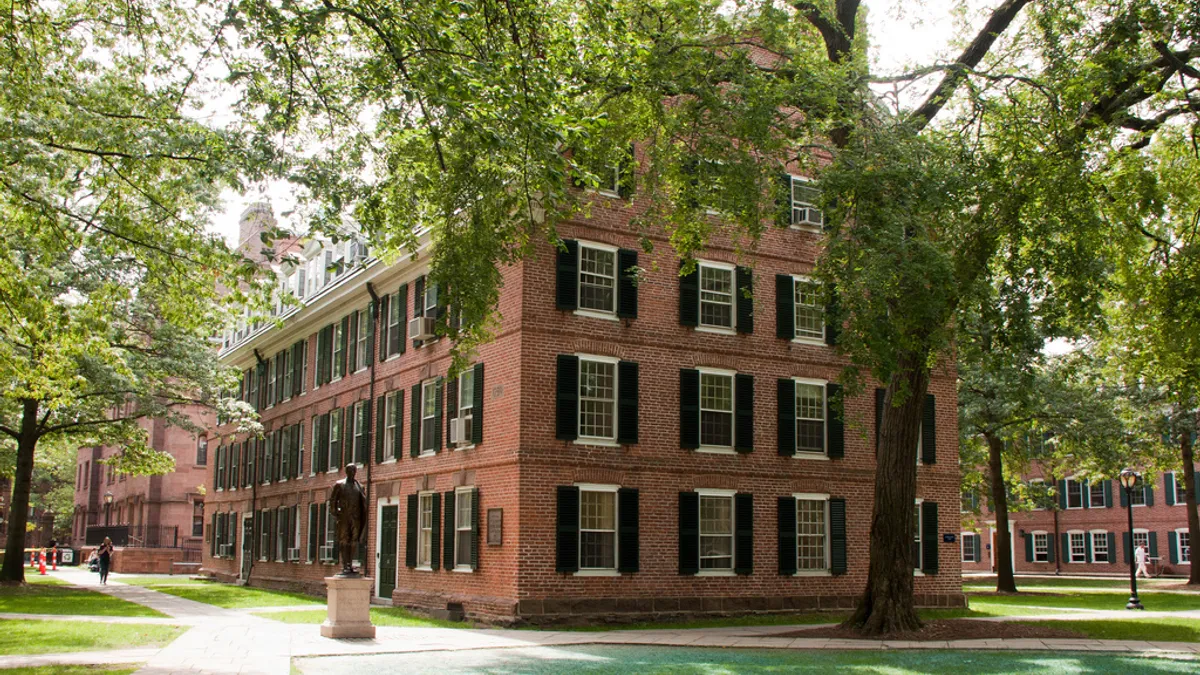Dive Brief:
-
A new report from property management software company AppFolio via Axiometrics explores the state of housing in and around college and university campuses.
-
Specifically, the report looks at five markets with the most privately owned, purpose-built (POSH) new beds for the Fall 2016 semester. Those markets include the University of Arkansas, Texas A&M University, the University of Maryland, the University of Florida and Louisiana State University.
-
For these universities, the average POSH rent was lower than that of university-owned housing. Conventional apartments within 3 miles of campus were even less expensive.
Dive Insight:
Although conventional off-campus apartments are less expensive than living on campus, many communities can’t sustain rising college and university populations on that existing inventory alone. Additionally, many schools don’t have sufficient inventory to house that many students either, Axiometrics senior vice president Jay Denton wrote for Multifamily Executive magazine in 2014.
The number of new beds — or, habitations for a single student — delivered to university markets had dipped from its high in the 2013 to 2014 academic year. However, 47,800 new beds are planned for Fall 2016, with the pace expected to be the same or higher in Fall 2017. That’s slightly higher than all beds added in 2015, AppFolio reported.
As a result, developers are increasingly looking to the POSH market to construct multifamily units proximal to universities large and small. These properties typically include amenities on par with luxury apartment complexes in a major city, including fitness centers, coffee bars and common spaces with flat-screen televisions, Denton wrote.
In its report, AppFolio noted that student population gains, particularly in smaller cities like the ones in which the universities it studied are located, are more challenging to accommodate and have a greater impact on the local real estate market than in a larger metro.
It’s worth noting that often the closer the properties are to campus, the pricier they can be, rivaling the cost of living in university housing, according to the report. Even with the rise in POSH developments, students looking to save money will need to continue to live farther out.









